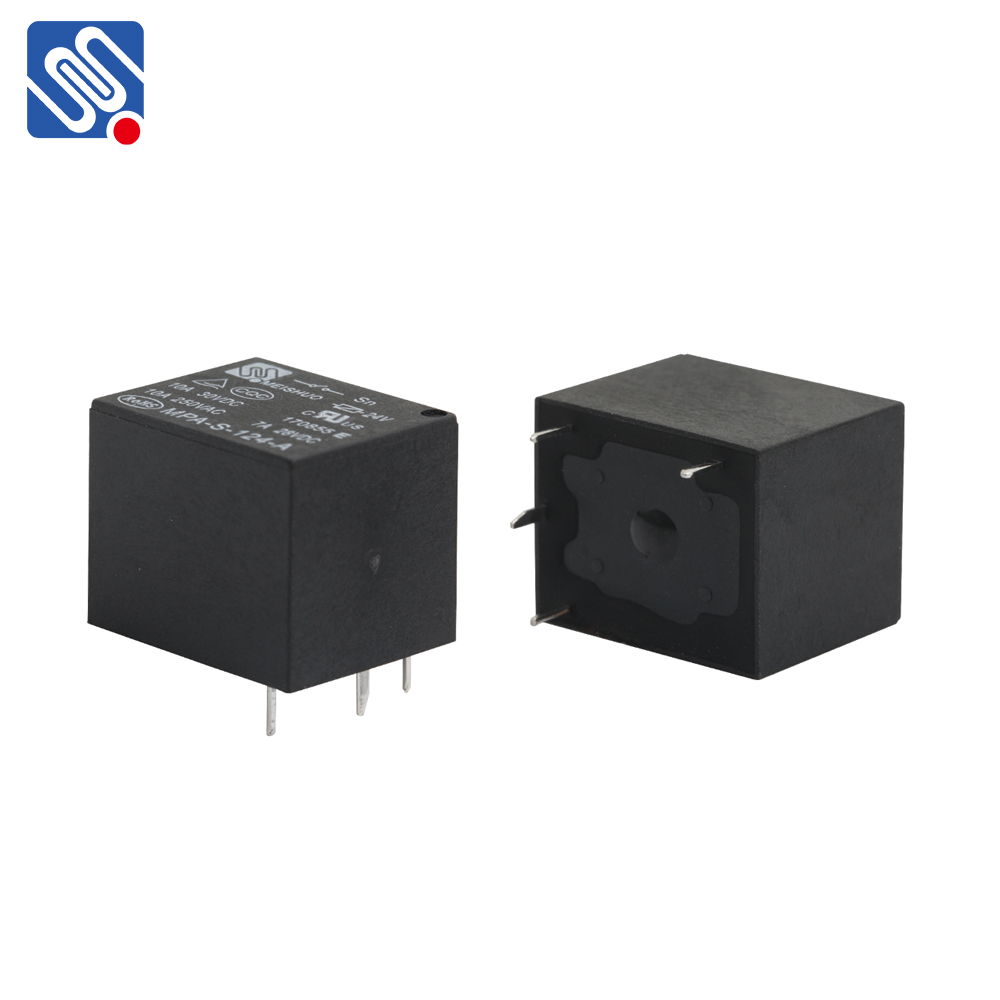Relay circuits play a pivotal role in electrical systems, offering a reliable and efficient way to control high-power devices using low-power control signals. A relay, essentially an electromechanical switch, uses an electromagnet to operate a set of contacts that can control larger loads, making them invaluable in automation, protection, and control systems. This article explores the principles behind relay circuit design, common applications, and best practices for creating effective relay-based circuits.

Understanding Relay Basics At the heart of a relay circuit is the relay itself, a switch that opens or closes contacts based on the energizing of its coil. When a current flows through the coil, it generates a magnetic field, causing the relay’s internal contacts to either close or open, depending on the relay type. The main components of a relay include the coil, the armature (a movable metal part), and the contacts, which can either be normally open (NO) or normally closed (NC). Key Components in Relay Circuit Design Relay Selection: The first step in designing a relay circuit is selecting the appropriate relay for the application. Relay specifications include the operating voltage and current, contact configuration (such as NO, NC, or changeover), and switching capacity. It is essential to match the relay’s voltage and current ratings with the load requirements to ensure proper operation and longevity.
Leave a Reply